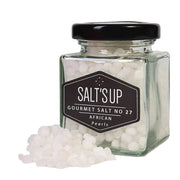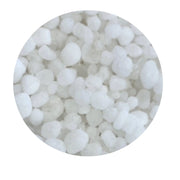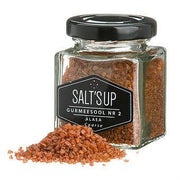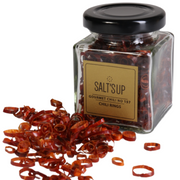KALA NAMAK coarse salt
Especially for vegan chefs. When it is ground, it becomes brownish-pink and has a light taste of sulphur, which gives it a smoky, spicy, egg-like taste.
Used in Indian cuisine. It is used sparingly in the preparation of raitas, yogurt dishes, salads and even fruit fruit salads. Also welcome addition as a finishing salt to fried noodle and rice dishes.
Like common salt, it is mainly made of sodium chloride. But Indian Black Salt differs from other kind of salt thanks to a few compounds enriching its formula: sodium sulfate, sodium bisulfate, iron sulfide and hydrogen sulfide. These minerals are responsible for their unusual flavor and aroma.
Produced in India.
Also known as Indian Black Salt
This salt has become popular with vegan chefs for adding natural egg flavour to their dishes.
Rich in minerals, especially iron
Used in Indian cuisine, salads and as an everyday table salt
80g / 2.82 oz jar












